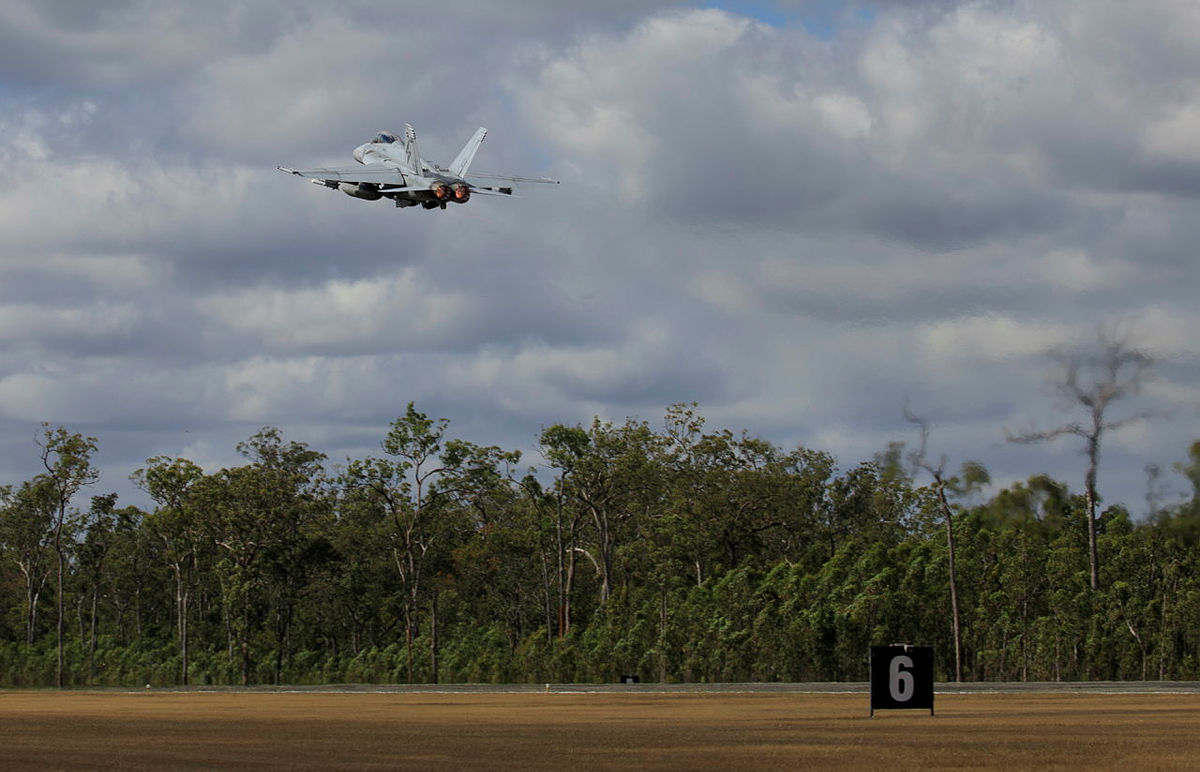
It took a while, but the idea that Australia’s strategic environment has become more uncertain seems to have been accepted by policymakers. Also largely accepted is that this period won’t just pass—in time, historians might measure it in decades, not years. Today, the
2020 defence strategic update looks positively optimistic for those working in this space.
With this newfound awareness, and a dash of resolve, the defence organisation is
racing to address its capability gaps. Unfortunately, the thinking and investment aren’t stretching towards enabling infrastructure in northern Australia.
Whenever public discourse touches on this issue, Defence rolls out the
impressive figures surrounding its investment in infrastructure and estate. To be sure, Defence’s home bases across Australia are impressive and somewhat palatial in contrast with those of even a decade ago. Most of the defence organisation’s training areas are equally impressive. And there’s more to come. The previous government committed to spending almost
$8 billion on infrastructure in the Northern Territory planned until the end of the decade. The election campaign also brought new promises from the government to enhance
Sydney naval facilities and
upgrade four airbases. While Labor hasn’t agreed to match all of these promises, it seems unlikely that it won’t do so.
So, the infrastructure challenge isn’t about a lack of spending but about how and where it’s spent. However, even that is an oversimplification of the challenge.
Estate maintenance and modernisation are expensive activities. Over the last several decades, Defence has experienced several budget crunches that have required reprioritisation of spending. As luck would have it, estate and infrastructure have always experienced cuts before capabilities. Understandably, Defence has learned lessons from these long experiences without the threat of great-power conflict in our region.
The first lesson is to avoid making expenditure commitments outside of defence facilities. The road to
Royal Australian Air Force Base Scherger, a bare base near Weipa in Queensland, is an excellent example of this. The road is a key enabler for the bare base’s operation, linking the port and the airfield for logistics. Defence deems its upkeep a ‘local government issue’. The local and state government don’t need it, so it remains unsealed and is often in a poor state of repair.
The second lesson is don’t make long-term infrastructure commitments. The thinking here appears to be that you have budget flexibility if you avoid long-term commitments. You are not locked into subsidising infrastructure by avoiding making any formal pledge to use facilities like the Northern Territory’s planned
ship lift. Of course, this increases the financial risks of new project proposals, and therefore many will never get off the ground. It also reduces the ability of the private sector to amortise costs over longer periods.
In contrast, the US Department of Defense often enters into multi-decade infrastructure agreements with the private sector. It makes these agreements to ensure that its contracts are commercially viable, so it can negotiate to encourage better pricing. Finance regulations make it hard for Australia’s Defence Department to use a similar approach.
The third lesson is don’t signal what you are doing to the market. Defence has learned that if you signal your intentions on infrastructure too early, you will be committed to the spending. Once you are committed, stakeholders like local, state and territory governments or the private sector become animated if you change your mind. The problem with this approach is it leaves much to stakeholder perceptions. In northern Australia, industry must be cued to have the right people and capabilities in the right place at the right time.
The fourth lesson is that the private sector will always try to maximise its profit, so it can’t be trusted. Both Defence and the private sector have gone to great lengths to enhance industry collaboration. There is still a prevailing belief within parts of Defence that the private sector is trying to rip them off. This belief prevents partnership and cooperation. For those in Defence it’s an act in trying to prevent it from being shoehorned into becoming an anchor tenant for infrastructure.
But there are alternatives approaches that could be more helpful. For example, if a developer builds a new shopping centre, it doesn’t aggressively approach major chain stores. The major chain stores seeking to expand don’t perceive the developer as a threat. The two realise that they each have the bargaining power to set mutually agreeable prices.
The fifth lesson is to build only what you need. The extension of the airfield at Cocos (Keeling) Island is a good example. The airfield is being lengthened to support P-8A Poseidon operations. If you are doing such work, consideration needs to be given to whether other improvements are required, including target-hardening works. In this instance, this sort of thinking does not appear to have occurred.
These lessons are essential for a defence force used to operating on a project-by-project basis during a prolonged peace. However, in the current environment, these lessons are far less helpful.
Infrastructure in northern Australia needs to now be at a higher state of readiness to support a range of potential contingencies. To meet Defence’s future infrastructure requirements in northern Australia, the portfolio needs a change of mindset and possibly finance regulations.
In the past, Defence didn’t want to be the anchor tenant for northern infrastructure, as it saw this as an unnecessary financial commitment. Today, Defence must wield market power to maximise success—proactively engaging on projects, making long-term commitments and working collaboratively across government to build and maintain its infrastructure at the best possible price. Defence does not and should not be the one footing all the bills to ensure resilient, cost-effective and fit-for-purpose infrastructure is available, but it does need to signal its intentions.
 Print This Post
Print This Post